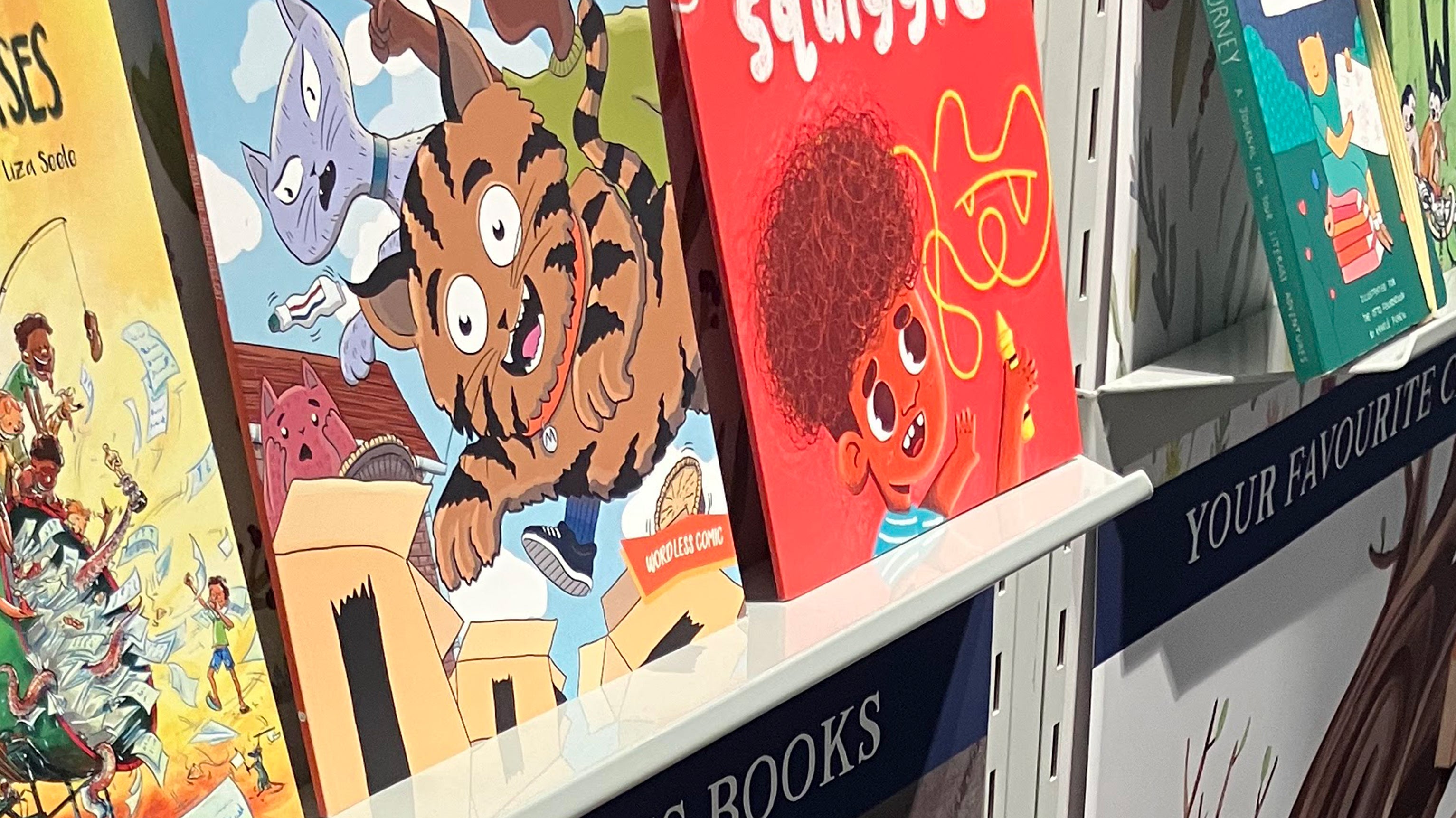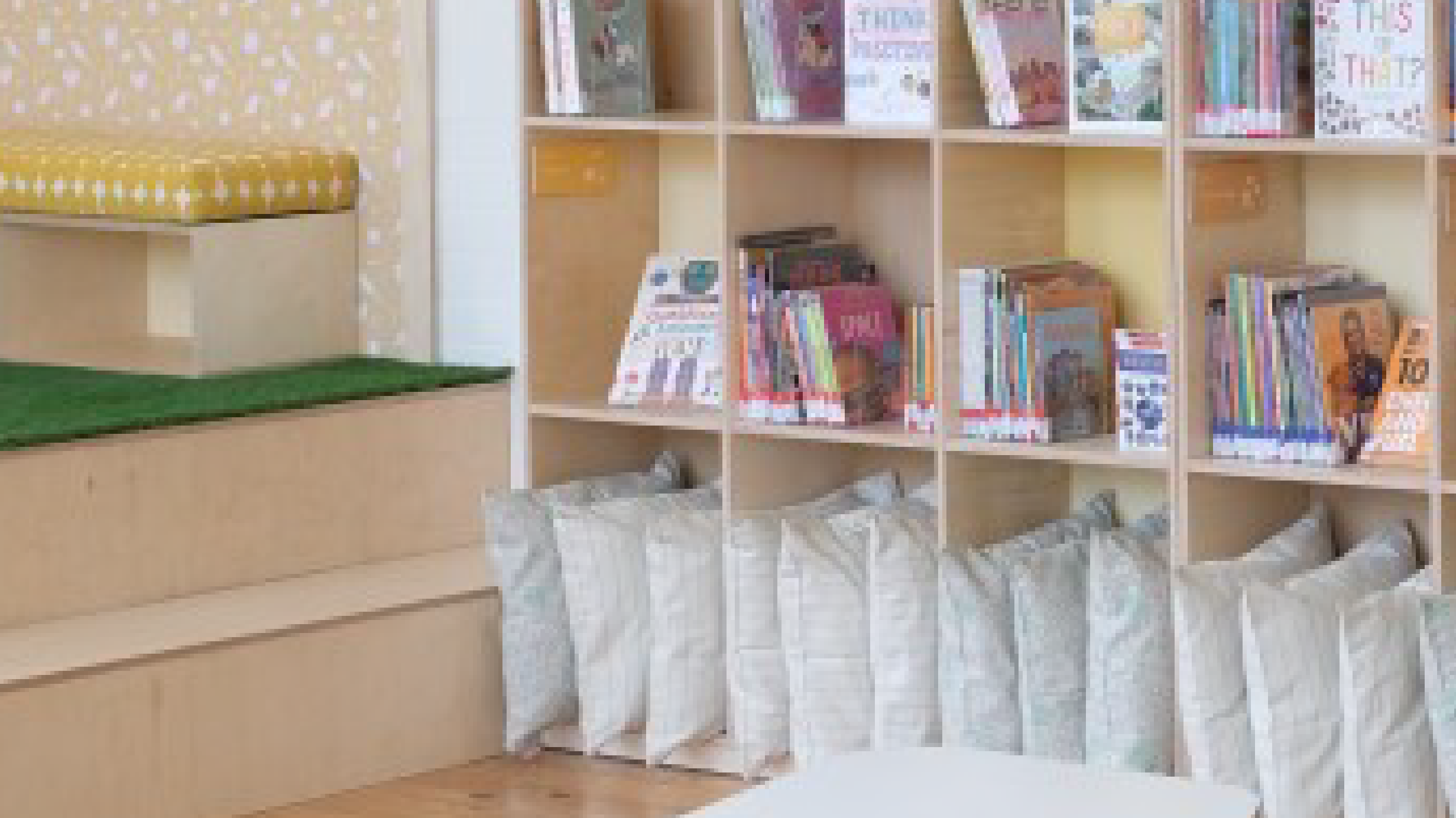Estimated read time: 4min 30sec
A love of word games inspired the romance we know as Wordle. Josh Wardle, Wordle’s creator, accidently delivered a commercial success and The New York Times has dug deep to join the ranks of Scrabble and Bananagrams.
Wordle, now there’s a term that should have been invented a long time ago. It fills the mouth when you say it and could have been used to cutely describe a small word. But that horse has bolted and Wordle is now the name of the new word game craze which seems to be taking the word–sorry–world by storm. What is Wordle, how is it played and what makes it popular? All will be revealed.
Firstly, some word game history

Word games seem to have been popular from the time that writing became commonplace. One of the earliest word puzzles discovered came from the ruins of Pompeii, A.D. 79. Known as the Sator Square, it is a special kind of acrostic puzzle reading ‘SATOR AREPO TENET OPERA ROTAS’ (the farmer Arepo works a plow). As can be seen below, it can be read up, down and across.
Fast forward about 1,800 years to Oxford University in the U.K. Here we meet the mathematician, lecturer, inventor and author, Charles Dodgson. Ring a bell? Probably not. We know him better as Lewis Carroll, author of Alice’s Adventures in Wonderland amongst other works. Interestingly, Carroll was an inventor of word games and developed a board game which was a pre-cursor to Scrabble. He also either invented or popularized the ‘doublet’, a word game or word ladder where one word is changed into another word. In this game, the starting word and target word are always linked by association. By successively changing one letter of the starting word and still forming a recognisable word, the player aims to reach the target word. For example, CAT to DOG would be CAT, COT, DOT, DOG or ‘drive PIG into STY’ would be PIG, BIG, BAG, BAY, SAY, STY. Remind you of Wordle? I wonder if Josh Wardle, the inventor of ‘Wordle’ is a keen Lewis Carroll fan?
The 20th century saw more developments in the word game space. One of the most popular single player word games is definitely the crossword. Developed in 1932 by editor Arthur Wynne as a space filler for a supplement in the Christmas edition of the NEW YORK WORLD, the ‘word cross’ (as it was originally known), was an almost instant success. A few years later in 1938 an American architect, Alfred Butts, re-developed a word game he called ‘Criss-Crosswords’, based on an earlier word game he had developed. He had no luck in selling the game and in 1948 sold the rights to James Brunot, who renamed it Scrabble. Unable to meet demand, Brunot sold the rights in 1952 to Selchow and Righter, a manufacturer who had earlier rejected the game. In its second year as a Selchow and Righter product, Scrabble sold nearly four million copies.
What is Wordle?
With the advent of the digital age, it was only a matter of time before word games were adapted for the digital sphere. Enter Josh Wardle, the inventor of Wordle. Josh Wardle and his partner share a love for word games, including enjoyed the New York Times’ Spelling Bee and crossword. As an act of love, he created a new word game for her.
The game is very similar to Carroll’s doublet described above, but it makes use of a five letter word. The object of the game is to guess the chosen word in six steps or less. There are no hints and so a player starts blind by choosing five letters which must spell a word. Wordle then uses colours to indicate which of the chosen letters are correct and possibly in the correct place.
How to Play Wordle

A green tile indicates a correct letter in the correct position, a yellow tile a correct letter in the incorrect position and a grey tile to indicate that the chosen letter is not in the mystery word. Using the coloured tiles as a guide, the player is able to attempt a new word on the next line.

Josh Wardle made Wordle public in October 2021. It went viral on Twitter when be added a feature that allowed players to share their results as a grid of coloured squares, which indicated how they had progressed to success (or not). From 90 players on 1 November 2021 the number of players grew to over 2 million by 9 January 2022. It isn’t surprising, then, that the New York Times bought Wordle from its creator soon after. The game is currently featured on the New York Times’ website and app daily and can also be accessed below.
Perhaps part of the appeal is that the game is directly accessible without any registration or sign up. There is only one word daily and so binging on Wordle isn’t really possible. A concept that is excessively refreshing in our age of consumerism. The solution and the new word are posted at midnight, which might keep a few diehards staying up to be able to be first in line.
Suffice to say the Wardle Wordle phenomenon looks like it is here to stay and entertain many of us for a while yet. Post your latest attempt in the comments below!





Comments
Fun post—Selchow and Righter also sold their version of Anagrams, which was offered by a dozen game companies in the late 19th through the mid 20th century. It’s much more interesting than Scrabble in my opinion.
Such an interesting read, thank you! (And completely agree that the word “wordle” should’ve been a word ages ago.